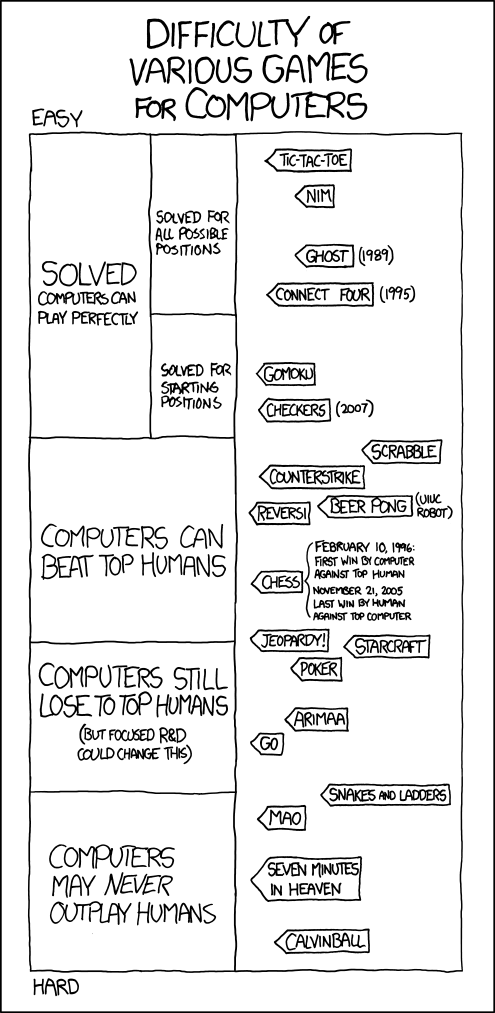Born in London, England, June 23, 1912 (seven years after Einstein proposed the theory of special relativity and four year before he proposed his general theory), Alan Turing was something of the black sheep in his family. It wasn’t so much that he was disliked, but rather that he simply did not fit. His father was in the Indian Civil Services, and his father’s brother was noted for his books on fly-fishing. Science was not a family specialty, in other words.
Turing was noted for his unconventional behavior—an obsession with bicycles, for instance—his tendency to stammer when he spoke, a general unkempt demeanor. He was a chronic nail biter and felt uncomfortable wearing ties. Even so, Turing was an outspoken individual, making no secret of his general resentment of status-seekers and charlatans. Today, there are those who have identified him as having Asperger’s Syndrome, a mild form of autism.
Whatever the case may be, young Alan had a brilliant mind, and spent his youth studying Einstein’s theories of relativity. In 1931, he enrolled in King’s College at Cambridge University where he attended the lectures of Ludwig Wittgenstein, a British-German philosopher and mathematician. This was also a time, as it is for many university students, for self-exploration, and it was around then that he came to terms with his homosexuality.
For most of his life, Turing was an individualistic and idiosyncratic person who preferred working alone. During World War II, he worked for the British Cryptanalytic Department within the so-called Government Code and Cypher School. His work led to the deciphering of messages sent by the German Enigma Machine using a complex machine called a “bombe,” which consisted of a series of spinning rotors that permeated every single possible combination the Enigma Machine produced. Turing’s work, which had been long classified, led to the Allies’ detection of German military movements, ultimately helping the Allies win the war.
After the War, he became immersed in work toward the development of early computers and artificial intelligence, and rose in rank as a prominent mathematician.
Nevertheless, he lived at a time when intolerance of so-called deviant sexual behavior prevailed. Arrested in 1952 for having a sexual relationship with another man, Turing made no attempt to cover up his actions, seeing nothing wrong with it. Nevertheless, rather than go to jail, he had to submit to chemical castration via estrogen injections, which were meant to curb his libido. Instead, the injections caused a series of side effects, including breast growth.
Life became unbearable, and on June 8, 1954, he committed suicide via cyanide poisoning.
Finally, in 2009, Prime Minister Gordon Brown issued a formal apology on behalf of the United Kingdom for Turing’s death, stating that “This recognition of Alan’s status as one of Britain’s most famous victims of homophobia is another step towards equality, and long overdue.” Just this year, a stamp was commemorated in Turing’s honor for his service to Great Britain and the Allies.
Be sure to check out the following videos, which discuss both Turing’s life and his work. Also, be sure to visit The Alan Turing Home Page, which is maintained by biographer Andrew Hodges (author of Alan Turing: The Enigma). which provides an even more information on Turing.
.
.
Video 1: Alan Turing (A brief insight into Turing’s scientific contributions)
.
.
.
.
Video 2: Alan Turing apology (A brief biographical insight, provided by Manchester’s Evening News)
.
.



